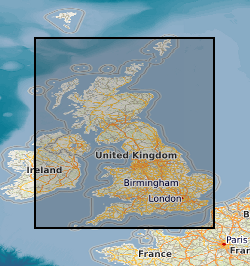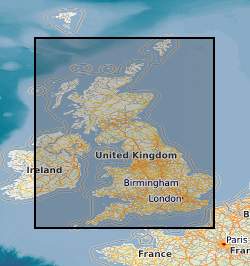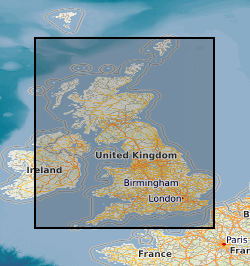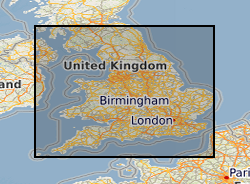Biosphere
Type of resources
Topics
Keywords
Contact for the resource
Provided by
Years
Formats
Representation types
Update frequencies
-

This website provides interactive access to geospatial isotope data for Great Britain. The site includes isotope data for strontium, oxygen and sulphur distributions across Great Britain. The user can input isotope measurements from a sample and the website will compare it with British data distributions and provide a downloadable map of areas that match the composition of the unknown. The project is rooted in archaeological studies but has applications in the modern world of food traceability.
-

This file documents the strontium isotope data, and the manner in which it has been processed, to supply the reference data for isotope domains of the Biosphere Isotope Domains GB (V1) map. It includes a summary of the analytical methods used to determine the isotope ratios though time.
-

This website provides interactive access to geospatial isotope data for Great Britain. The site includes isotope data for strontium, oxygen and sulphur distributions across Great Britain. The user can input isotope measurements from a sample and the website will compare it with British data distributions and provide a downloadable map of areas that match the composition of the unknown. The project is rooted in archaeological studies but has applications in the modern world of food traceability.
-

This file documents the sulphur isotope data, and the manner in which it has been processed, to supply the reference data for isotope domains of the Isotope biosphere domains GB (V1) map. It includes a summary of the analytical methods used to determine the isotope ratios though time.
-
In Autumn 1995, the Goddard Distributed Active Archive Center (GDAAC) compiled the Climatology Interdisciplinary Data Collection (CIDC) to facilitate interdisciplinary studies related to climate and global change. This data collection has been produced in collaboration with the Center for Earth Observing and Space Research (CEOSR), Institute for Computational Sciences and Informatics (CSI), and George Mason University. It was designed for the study of global change, seasonal to interannual climate change, and other phenomena that require from one to dozens of interacting parameters. This dataset contains biosphere, hydrology, surface temperature, ozone, greenhouse gases measurements.
 NERC Data Catalogue Service
NERC Data Catalogue Service